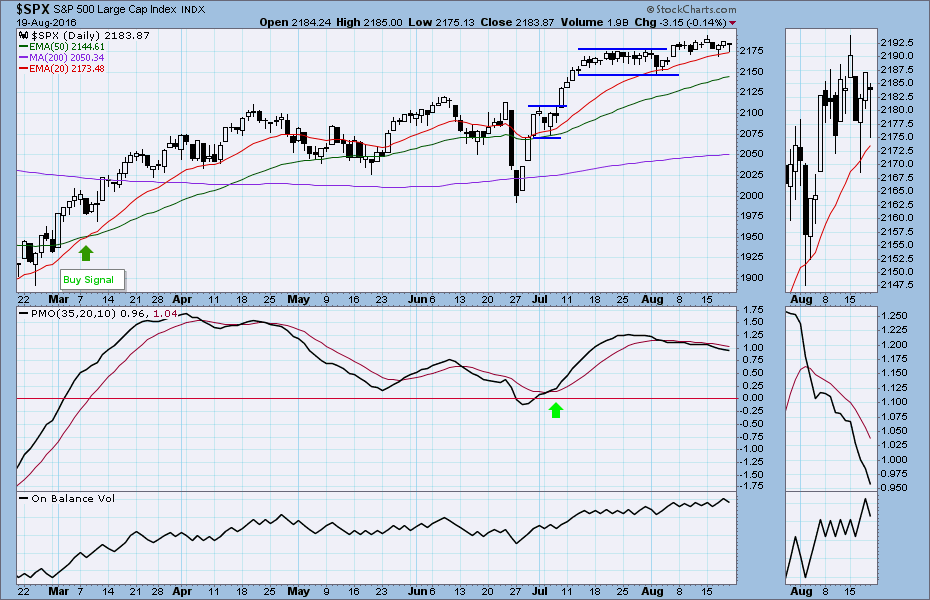SPX: Take a moment to remember when the US dollar said goodbye to gold.
An important anniversary slipped past unnoticed last week. It is worth remembering.
Forty-five years ago last week, on August 15, 1971, then President Richard Nixon pre-empted the most popular program on television — Bonanza — to announce that the US dollar would no longer be convertible to gold.
He didn’t say it quite like that, of course. Instead he announced a bold new economic program to create “prosperity without war.”
(He meant the war in Vietnam; the New York Times had just started publishing the Pentagon Papers, which revealed just how thoroughly the US government had lied to its citizens, and it was important to have something else to talk about.)
According to Nixon, peaceful prosperity required “action on three fronts: We must create more and better jobs; we must stop the rise in the cost of living; we must protect the dollar from the attacks of international money speculators.
“The time has come for a new economic policy for the United States, “he said. “Its targets are unemployment, inflation and international speculation. And this is how we are going to attack those targets…”
The short answer, after removing the unending BS that is an unavoidable feature of political double-speak, was temporary wage and price controls. Oh, and you could no longer change your US dollars for gold.
Inflation and unemployment were hardly desperate issues in 1971; inflation was about 4% by the time Nixon spoke, and the unemployment rate was about 6.9%. Hardly the stuff of a national emergency.
But the convertibility of US dollars into gold, that was a problem. There were too many dollars floating around in the world — trade imbalances and wars in far-off places are expensive — and not enough gold to cover them. The US as a whole was making promises it couldn’t keep. So it didn’t.
The wage and price controls failed miserably, as expected, and were removed entirely three years later, when inflation was over 10%. It has varied since. But the effects of detaching the currency from some external point of reference — of allowing money to be created out of thin air, which it has been ever since — has been permanent. The currency has been devalued, sometimes fast, sometimes slow, ever since.
The result, in terms of the way people live, has been to leave the US in a condition of stasis, frozen in time and sliding backwards.
In 2014, median family income in the US was $53,013; in 1971 it was $9,030.
But a turkey cost $0.43 a pound, you could buy a new Chrysler for $3,000 (or a Datsun for $2000) and the average price of a house was $25,250 ($16,500 in Chicago). The average monthly rent in the US was $150; in 2014 it was $934.
Since the USD said good-bye to gold, median household income has increased fivefold; the average cost of living, as measured by the Consumer Price Index, has increased six times. Progress!
Ironically it was Nixon himself who correctly identified the issues:
“Inflation robs every American, every one of you.” he said. “ [Those] … who are retired and living on fixed incomes – they are particularly hard hit. Homemakers find it harder than ever to balance the family budget. And 80 million American wage earners have been on a treadmill… your wage increases were completely eaten up by price increases. Your paychecks were higher, but you were no better off.”
Too true. Then he announced the program that would make inflation permanent. Sound familiar?
Last week
The S&P500, the index of large-cap US stocks, made yet another new high on thin volume last week, but closed the week at 2183.87, pretty much where it started. For the past 11 days the index has been grinding along in a sideways consolidation range, making frequent new highs but rarely closing up.
Profit-taking at or near the 2200 level could be the short-term problem.
The shorts have been getting murdered, but the Bulls have no conviction. It is not natural market price behavior.
The Fed will be the major driving force this week. Fed Chair Yellen is scheduled to speak at the Jackson Hole conference on Friday and there will be lots of speculation in advance. That might dampen activity beforehand (nobody wants to be leaning the wrong way before a major news event) then spark intense volatility after.
The Fed has been following a policy of applied incoherence in recent months, and it is unlikely there will be real news — as opposed to speculation and punditry — connected to her speech.
But the market is toppy, and waiting for an excuse to do something. Just about a year ago – on August 24, 2015 – we had a major down move when the index lost 133.75 points in a single day. Will history repeat? It certainly could, and the parallels should be enough to make you cautious.
Today
For the S&P500 mini-futures (ES):
Friday the ES managed to hold the price above the 20-day moving average line, but failed to make new highs. The volume remained light on option expiration day.
Today or tomorrow we may see the move that breaks out of the 2190-2165 range.
A move below 2162.50 could trigger ultra-short-term selling; a break above 2195.50 could push the ES up to 2200-05.
Major support levels: 2155-56.50, 2146-43.50, 2133-28.50, 2103.50-00.75
Major resistance levels: 2188-89, 2196-93, 2103.50-06.50, 2214.50-12
Visit www.naturus.com for more weekly analysis of gold, oil and the S&P. It’s free.
Chart: S&P500 cash index, Aug. 19, 2016. Daily chart.





